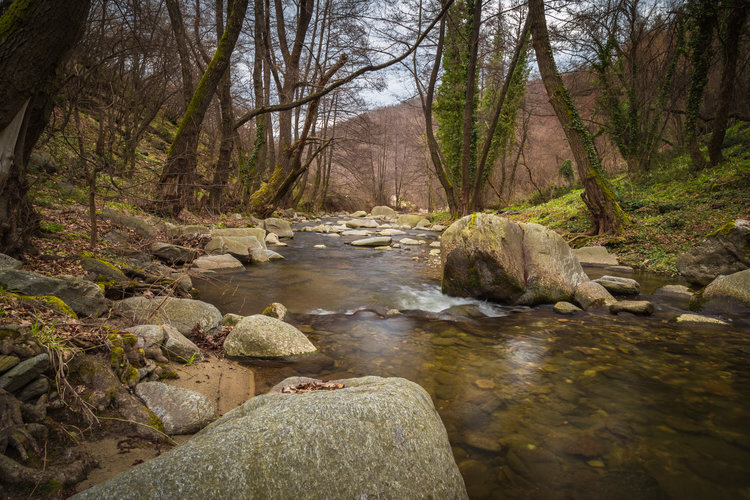Public Access to Rivers and Streams
Access to streams and rivers in New Mexico has been the source of recent controversy, as examined in this article in the Guardian newspaper. New Mexico has recently passed a bill that sets up a process to allow landowners to certify streambeds as private property. If certified, landowners can bar the public from canoeing, fishing, and otherwise using "their" portion of the stream or river.
What is Michigan law concerning public access to streams, rivers, and lakes? As seen in other areas of water law in Michigan, the answer depends on how the body of water is categorized--navigable or nonnavigable. The public generally has access to a navigable body of water, but cannot access a nonnavigable body of water.
Since 1853 Michigan has defined a navigable body of water with a simple test--can you float a log down it? Despite some attempts to replace this antiquated test, that standard (specifically stated "capacity for valuable floatage") continues to apply. Most rivers and streams, certainly larger ones, categorize as navigable under this standard. For lakes, case law has determined that a lake is only navigable if it has both a navigable inlet watercourse and a navigable outlet watercourse (a "dead end" lake, with only an outlet, is not navigable). Of course, access to a nonnavigable lake could also be obtained if there is public access over land with a littoral right, ie a public boat launch.
If a body of water is navigable, the public has a right to use it. Different activities have different rights:
Navigation/Boating. The public has a right to use a waterway for pleasure, travel, or commercial navigation. The right extends to wading on the streambed or traveling on ice. While constant movement is not required, neither can a vessel be permanently moored or use the waterway as a parking spot. The riparian owner (the owner of the land along the water) owns the streambed, but that right is subordinate to the right of navigation. For instance, a riparian landowner can erect a dock, but the dock cannot interfere with navigation along the waterway.
Fishing, Hunting, and Trapping. This is a curious quirk. The riparian owner is the owner of the waterbed (streambed, riverbed, or lakebed), and Michigan allows the owner of the streambed to control hunting and trapping rights. Since public lands under the great lakes are held in trust, the public has a right to hunt or trap from those "lands." It would follow that a private landowner would have the right to control fishing on the streambed, but that is not the case in Michigan. On nonnavigable waters the riparian owner has the right to fish, and can exclude the public from fishing on such waters. But on navigable waters, the rights of the private owners are inferior to the public trust right to fish the waters. Note the legal reasoning supporting the right to fish is directly contrary to the legal reasoning prohibiting hunting and trapping, but Michigan courts have repeatedly affirmed these rights.
Swimming. By its nature, most swimming takes place in bodies of water where the swimmer has gained access by private land (with permission) or by public land. This swimming is thus not under a right to use navigable water, but is by right of ownership of the riparian land--the owner of the riparian land has the right to use the entire body of water. Courts have not created a separate right to swim in navigable waters, but have stated the right is related to the rights of navigation (boating) and fishing.
Please contact me if you have a legal issue regarding water access.
Here are some links for further reading:
American Whitewater organization

